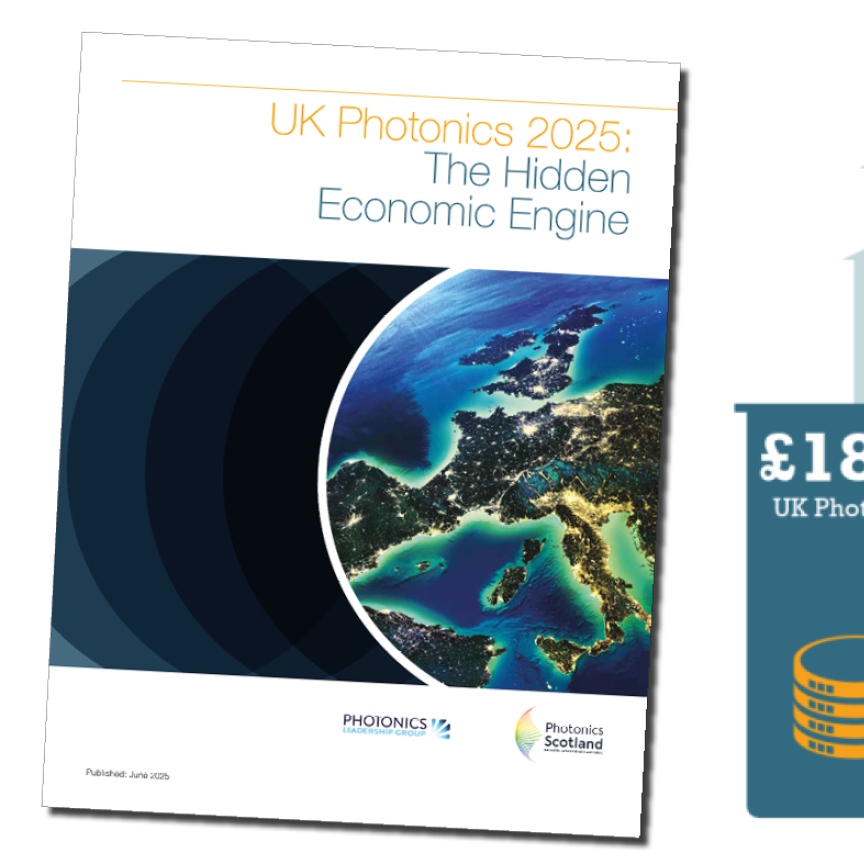Nasa is to use a device from Hind Instruments to measure the polarisation of light, providing key information on the effect of aerosols in the atmosphere, ultimately helping to predict global climate change.
The devices will give researchers information about the effect of aerosols on the brightness and lifetimes of clouds. Polarimetry is more sensitive to the refractive index of particles than other methods, and provides greater detail than other possible methods.
Hinds’ photoelectric modulator (PEM) was chosen because of its high precision and accuracy. The PEM is also free of rotating wave plates or organic substances such as liquid crystals, which could deteriorate with time. A special rugged version had to be made that was suitable for the difficult conditions of space travel.
‘Optimising a PEM system to survive a launch was a great challenge,’ said Chad Mansfield, a mechanical engineer with Hinds Instruments. ‘[Nasa] provided design guidance including technical expertise, a rigorous design review environment and ultimately vibration testing that simulated a launch, shaking it with 15 g's over a typical spectrum.’

